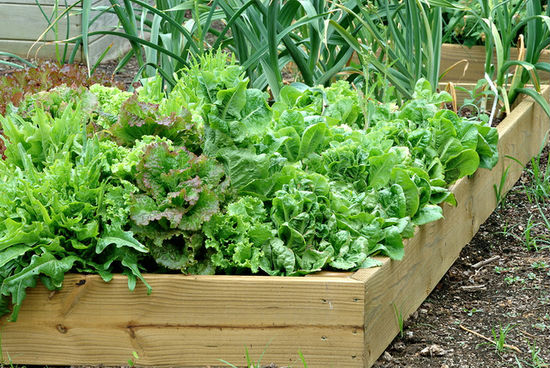Spring has just arrived, but it is never too early to plan for that summer vegetable garden and even start planting. Here we’ll talk about the 10 easiest vegetables to grow in your garden. And don't worry, if things aren't warming up where you live, we'll even include some that are suitable for cooler temperatures.
10 Easiest Vegetables to Grow in Your Garden
1. Leaf Lettuce
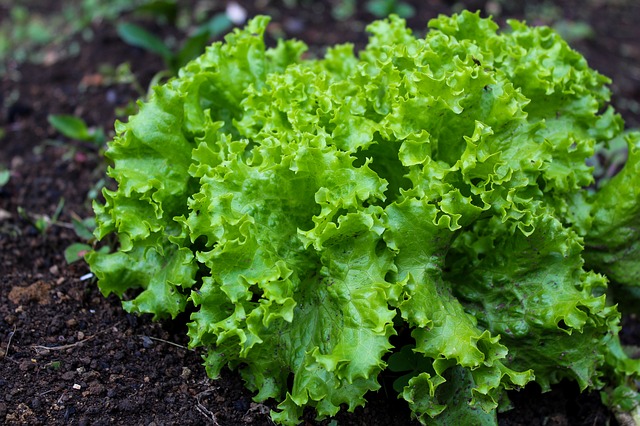
Available in many sizes, leaf lettuce quickly sprouts and grows to provide a base for tasty and healthy salads. This is the best time of year to get it planted from seeds and begin harvesting.
Most varieties mature within 28 days, but younger leaves are equally tasty. Harvest from the outside to stimulate more growth.
Expect your lettuce to go to seed with hot summer temperatures.
2. Spinach

Also a cool-season grower, we’ve been hearing about the benefits of eating spinach for years. An excellent source of the often elusive Vitamin K, add versatile spinach to salads or cook it in a stir-fry or bake a quiche.
Plant and harvest in the same manner as leaf lettuce. Allow six weeks until harvest, though nobody will know if you take some baby leaves from the outside for your salads.
3. Swiss Chard
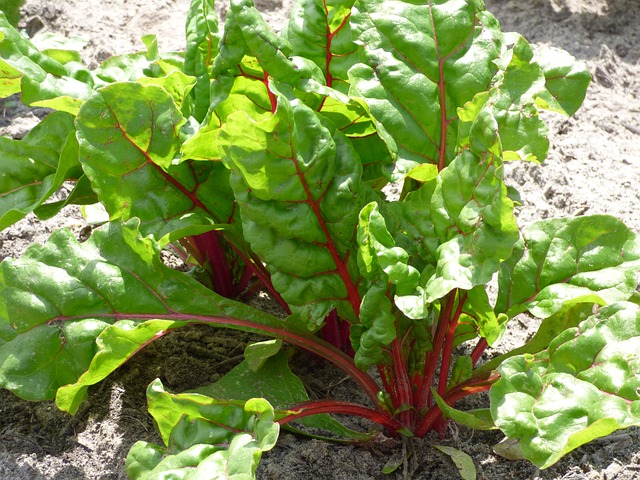
A tasty and attractive addition to the salad bed or any garden in full sun.
Colorful strains like Bright Lights, Ruby, and Rhubarb can intermingle with flowers, other vegetables, or grow in containers. These are sometimes called Rainbow Chard, but the coloring is the only difference. Colorful ribs of this leafy vegetable are eaten when small or sliced into a salad. Some remove the ribs when leaves are large and cook separately from the leaves. The Fordhook giant variety gets large enough to prepare it in this manner.
Otherwise, use it in salads, on sandwiches, or saute with fresh onion. You can substitute chard in any recipe calling for spinach.
4. Kale
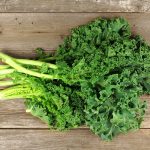
Moving up the popularity food chain, kale is used now in many dishes that once had spinach as their primary ingredient. Also, low in calories and high in vitamins and nutrients, kale provides an interesting change from spinach.
If using kale in a cooked recipe, keep in mind that it takes longer to cook kale than spinach.
5. Carrots
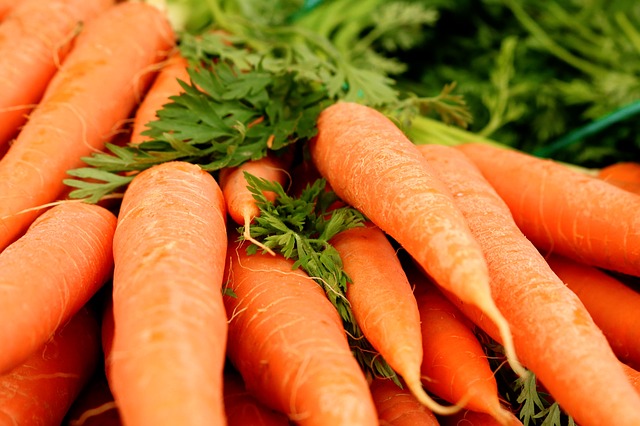
If you planted carrots in fall they will soon be ready for harvest. You may have harvested throughout the winter for your cooking needs. Autumn is a perfect time for many to get this half-hardy vegetable started from seed. If you want a spring carrot patch, get it started now in light soil without rocks.
When other cool season veggies begin popping through the ground or the soil temperature reaches 55 degrees, it is time to plant carrots from seed. For a continuous supply of this vegetable, use succession planting, every two weeks during spring.
Carrots grow easily for most gardeners, rightly called one of the 10 easiest vegetables to grow. However, don’t plant them with dill, parsley, or anise herbs.
6. Radishes
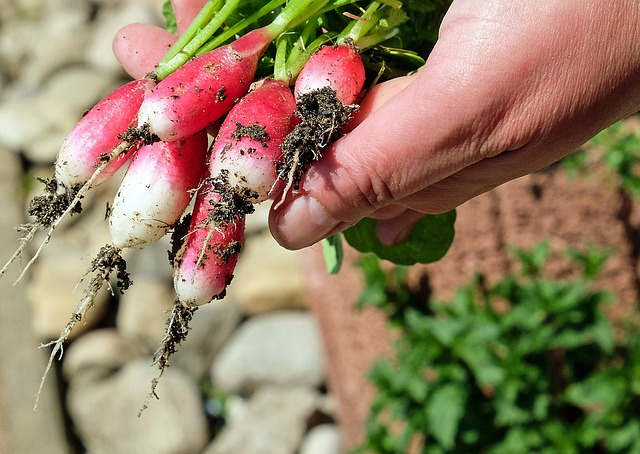
A great addition to salads, grow some variety of radish for quick harvest, like those that are ready within 21-28 days.
If growing in a container, choose the types that don’t need as much downward space, such as those called rapid radish, or Scarlet globe radish. When growing in the ground, you can choose varieties such as the icicle radish to go along with the shorter globes. Grow the large, white Asian variety and black radishes, both of which have more tolerance for heat and will grow longer before summer temperatures cause them to bolt.
Slice radishes for your salads or include them on vegetable trays if you have any that make it inside.
7. Turnips
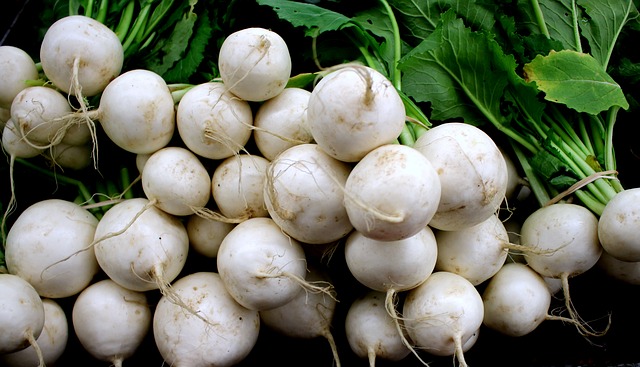
This root vegetable provides edible greens and the edible root. Easy to grow if you have the time and garden space to devote to this vegetable. Turnips are best planted a few weeks before the last frost date or in late summer for a fall harvest. A touch of frost is said to improve the flavor of the turnip.
If you plant turnips for both the root and the greens, don’t remove all the leaves from each plant when picking greens. You can begin harvesting young and tender turnip roots in about two months after planting.
8. Melons
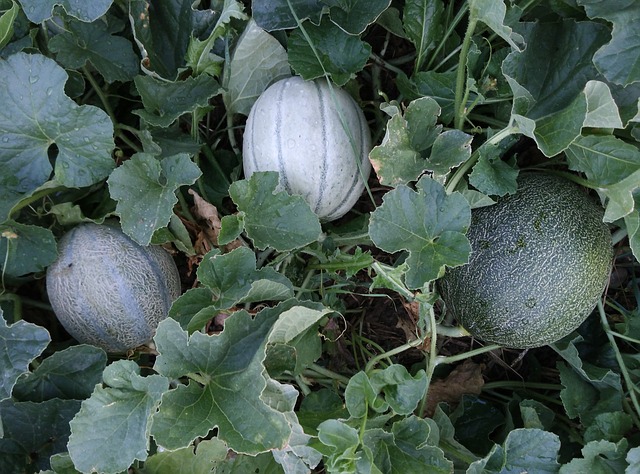
Watermelon, honeydew, cantaloupe, and many other melons are popular with those eating the produce from your gardens. A summer grower, melons need warm soil for adequate growth and development. Melon vines take up a good deal of space in the garden but are easiest to grow when vines are allowed to travel as they will.
If you need to keep your melon vines under control, you can grow them vertically. This involves tying the vines to a trellis and making little hammocks to hold growing melons as they develop. If using the vertical method, remove blooms from each vine to prevent too much weight. This forces sugar (the main ingredient) into the remaining melons remaining on that vine and makes them taste sweeter. They may grow a little larger, as they are not competing with other melons on the same vine. Professionals growers use this method to ensure quality.
9. Peppers
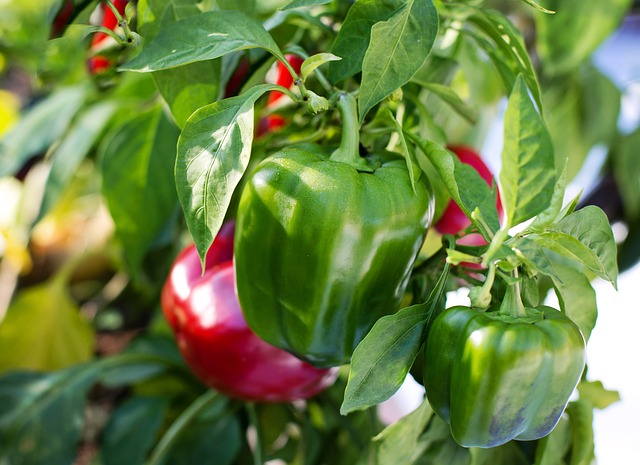
Sweet or hot, peppers are one of the most favorite garden vegetables to grow and so easy they’re included on this 10 easiest vegetables to grow list. Plant seeds or seedlings when all danger of frost is passed. Grow them in raised beds, smaller containers, or ground beds. Companion plant with tomatoes and use the two ingredients together in lots of dishes. Make sure to use only organic fertilizer and natural pest control to keep your garden organic.
10. Tomatoes
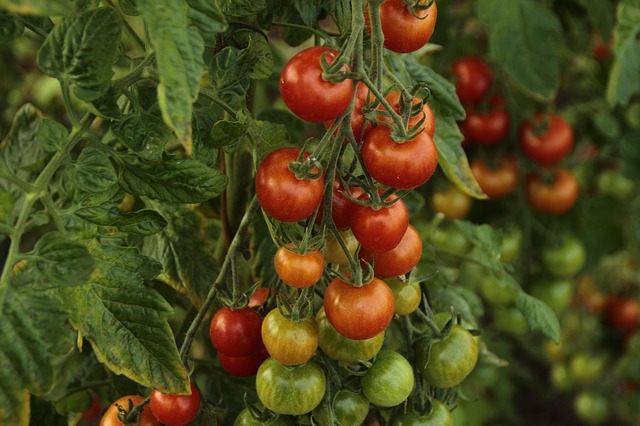
Likely the favorite grown in the most gardens, the tomato is a fruit, as are peppers and melons. Another warm weather grower, plant from seeds you started indoors, or from seedlings purchased at the local garden center. Alternatively, you can put a sizeable plant in a sunny spot in the ground or in a container. Have a plan for all those tomatoes you'll harvest, whether it is canning, making a sauce, or sun-drying them to freeze.
By Becca Badgett
Becca is a long- time gardener with a passion for growing organically in the vegetable garden and sharing her experience. She believes everyone should grow a herb garden, inground or in containers and use those herbs on a regular basis to improve overall health. Her passion for growing led her to attend a Horticulture Program at a local community college and share what she’s learned with numerous articles on the web. She is certified in Greenhouse Management and Operations, Landscape Design and is licensed as an NC Pest Control professional. Take advantage of her expertise through our gardening articles and get your garden growing. She contributed to the book “How to Grow an Emergency Garden”, available on Amazon. Read it free on Kindle Unlimited

